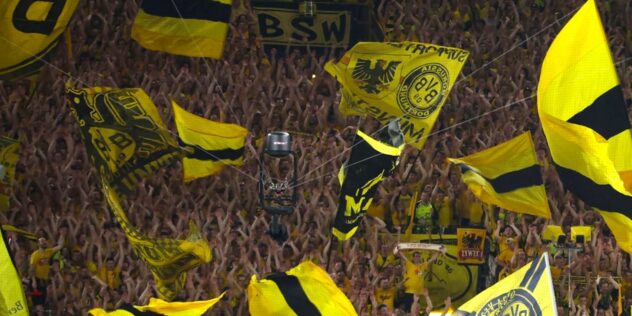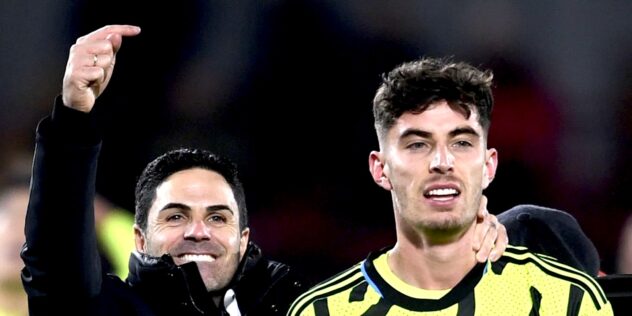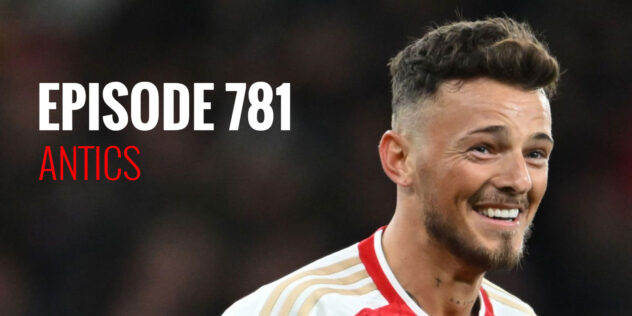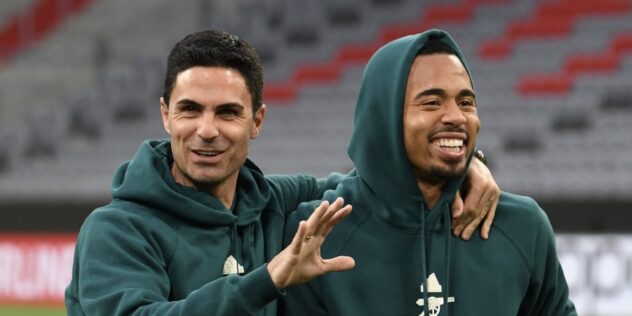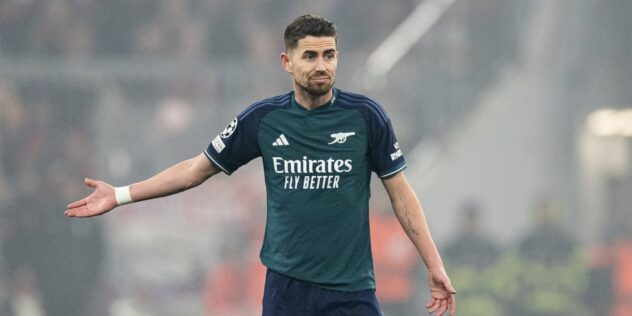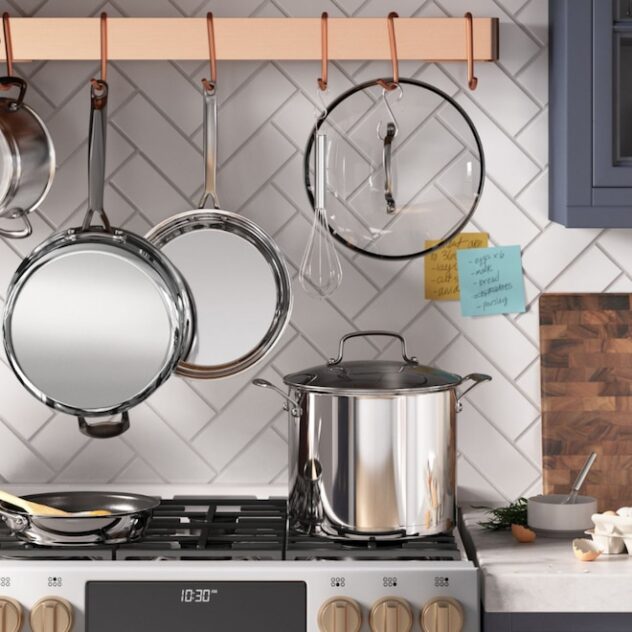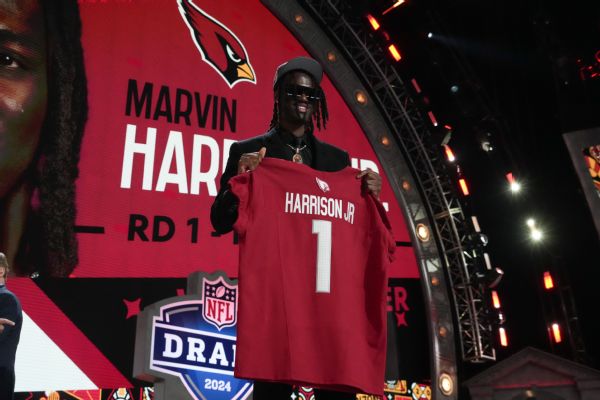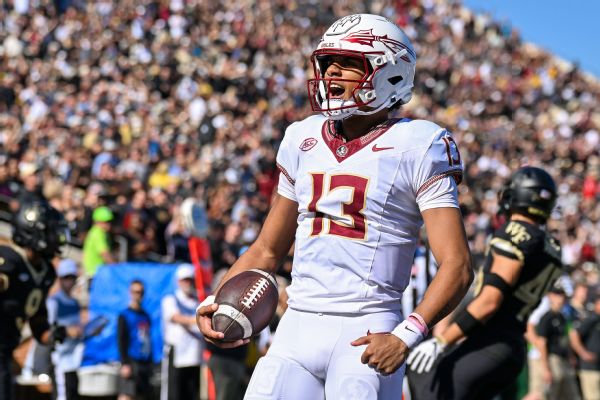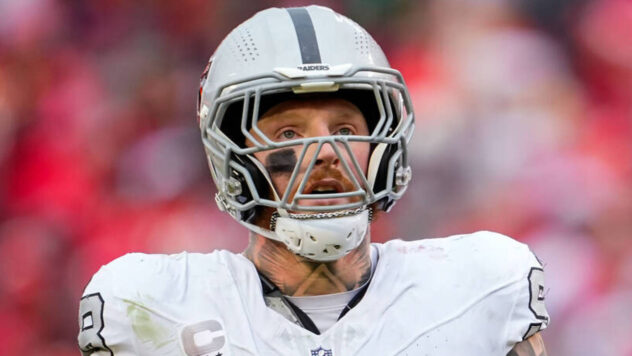Flexibility breeds resilience
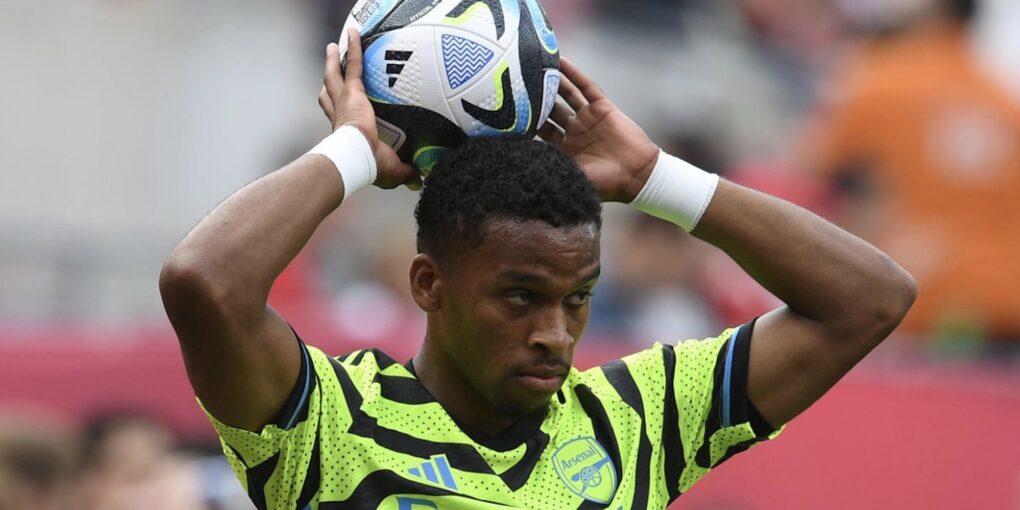
Jurrien Timber marked his return from injury this week with an outstanding goal from left-back for the U23s at Ewood Park. As any sensible person knew when he injured his ACL in August, this campaign was always going to be limited to a few cameos in the dying embers of the season for Timber.
An absolute beauty from Timber
Tune in LIVE on https://t.co/l2yjijDAhy #AFCU21 | #PL2 pic.twitter.com/ORnISJtYrO
— Arsenal Academy (@ArsenalAcademy) April 22, 2024
Arsenal fans should not expect anything significant from Timber this season but his return does invite curiosity as to what his role would have been had he been fit. One of the key strengths of the squad that Arteta (and Edu) have assembled is its flexibility. The Gunners have a core of versatile, adaptable players capable of operating in a number of roles.
Was Declan Rice bought as a six or an eight? The answer, to this point, is both. Was Kai Havertz bought principally as an eight or a nine? The intention was clearly that he was capable of playing both and therefore would play in both roles from time to time. (He started the Community Shield match against Manchester City as a centre-forward).
However, I doubt that Arteta fully planned for Havertz to predominantly play as a nine, with Rice as a left eight and Jorginho behind him. I am certain he saw that scenario playing out on occasion but he probably didn’t plan for it to become such a default theme of his team selection.
But one of the advantages of having such a flexible squad is that the manager can roll with the punches a little. As Arteta himself said recently of Havertz’s long run upfront, ‘I think you have to feel the player. Until he’s in the environment it’s difficult to understand. I thought he could play in three different positions as attacking midfielder or as a nine.
‘And then we started to feel in certain spaces, certain relationships this is everything. Sometimes the players decide, not the manager, where they have to play.’ I had a conversation with Arsenal Women manager Jonas Eidevall last season along similar lines. Last January, Arsenal bought Victoria Pelova from Ajax, who can play as an eight, a 10 or on the right wing.
When I asked Eidevall where he saw her position long-term, he said, ‘Where we will see in the coming periods where Victoria’s strengths will really flourish into one position. That is why it is so interesting working with players to see where you can work out those details. We can all see the talent and the qualities she has and now it is to see where we can really put that into as much efficiency for the team as possible.’
He also said that when you work with players aged 24 or under, you have to be really open minded about which attributes they might develop. ‘It also shows why sometimes it is so hard to just look at statistics when you look at young players…That is where you need to look at the potential when you work with young players, you have to see the qualities.’
Adaptability isn’t just favourable from a cover or squad rotation perspective, it enables a coach to find solutions that maybe they don’t fully anticipate. I am sure Ben White’s ability to play at right-back formed part of the calculus when Arsenal coughed up £50m for him in 2021. I don’t think the plan was for him to become the de facto right-back on a permanent basis.
Last week, I wrote about Arsenal’s left side. I talked about the team not having its ideal left-back or its ideal left eight, which I think has had a knock-on effect for Martinelli. While I retain that conclusion, what I will say is that Arteta has been able to minimise that as an issue because other players have been able to step into those roles.
I don’t think it’s ideal that Arsenal have three left-backs, none of whom are the equivalent of Ben White on the right. But having three players capable of playing there competently- even with Timber injured- is not bad going. Zinchenko’s waning influence on the team could have been a terminal issue this season but Kiwior (primarily a centre-half) and Tomiyasu (who plays as a centre-half for Japan and was bought primarily as a right-back) being able to play there has enormously dampened a potential fire.
This time two years ago, Arteta was deciding between Xhaka and Nuno Tavares at left-back with Tierney injured. During the same time period, Partey was injured and Lokonga’s lack of suitability meant Mohamed Elneny was parachuted into the team. Arteta also clung on to Lacazette as a striker until his form circled the drain so many times that he was virtually forced to field Eddie Nketiah.
Jesus’ injuries and patchy form could have been a severe malfunction for Arsenal’s season but Havertz’s suitability as a striker has relegated it to a virtual non-issue. Martinelli’s lack of form is less of an issue because Trossard- who can also operate in several different roles- has picked up the baton.
I suspect Arteta was pretty open minded about Timber’s role last summer. The Dutchman offers support and competition across the back line. I suspect the coach did not intend to flog Ben White at right-back again (his England exile has worked out very nicely for Arsenal in that respect) and Arteta probably wanted a centre-half worthy of the name so that Arsenal’s season would not fold if Saliba were to be injured again.
Maybe Timber would have just wrestled the baton from Zinchenko and become our Ben White like left-back. We will never know for sure but the fact that all of those possibilities exist illustrates a key strength of this Arsenal squad- flexibility, which breeds resilience and unpredictability.
The post Flexibility breeds resilience appeared first on Arseblog … an Arsenal blog.


 Tune in LIVE on
Tune in LIVE on 
